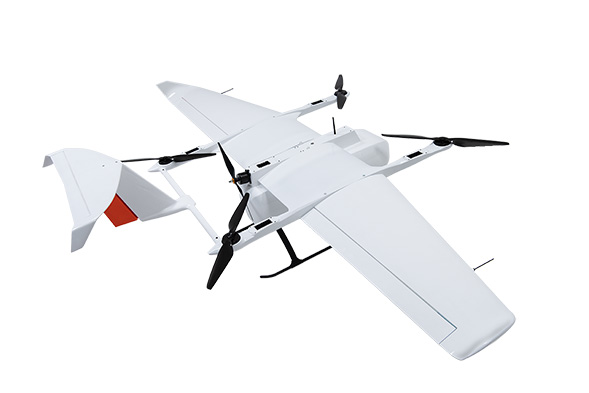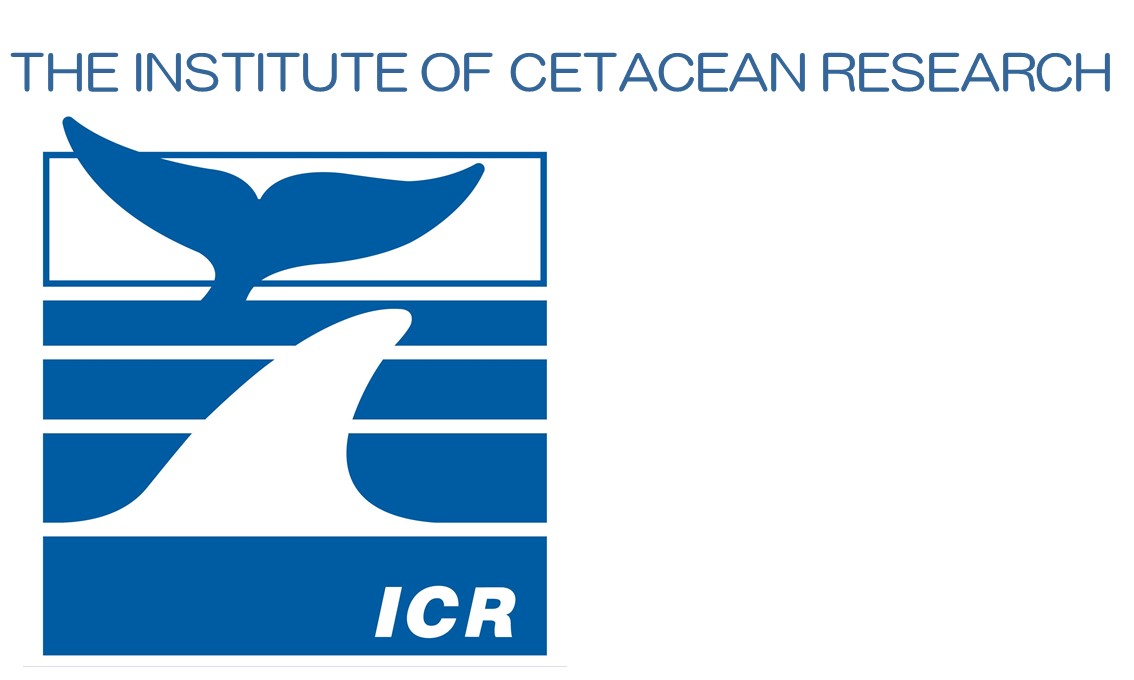Development of a small unmanned aerial vehicle (UAV) for aerial cetacean research using innovative technology
-ICR's participating in Japan Drone 2023 Expo
June 20, 2023
Designated Corporation for Scientific Whale Research
THE INSTITUTE OF CETACEAN RESEARCH
The Institute of Cetacean Research (ICR) started an initiative to significantly improve the performance of the UAV for cetacean aerial visual research we have been developing for several years, by installing a new domestically produced hydrogen fuel cell. We are pleased to announce that we will be presenting the results of this new development and exhibit our aircraft at Japan Drone 2023 as follows.
Name of Exhibition:Japan Drone 2023 - 8th Expo for Commercial UAS Market
Date:June 26 (Mon.) - 28 (Wed.), 2023 (10:00 - 17:00)
Venue:Makuhari Messe (Chiba City, Japan)
Organizer:Japan UAS Industrial Development Association (JUIDA)
Since 2019, ICR has been working on the development of a new whale research method using small unmanned aerial vehicles (UAVs). We have developed a purely domestic VTOL-UAV (Vertical Take Off and Landing, Autonomous Unmanned Aircraft) for operation from a research vessel in the research area, including the Antarctic Ocean.
In March 2021, one of our small UAVs achieved an autonomous flight distance beyond visual line of sight of 51 km in the North Pacific Ocean, which was at the time a UAV Japanese record*, and in March 2022 we extended the flight distance to 104 km, breaking the Japan record again. We have conducted aerial photography of the habitat of many cetaceans, such as the finding of 50 fin whales in seven pods in the waters near Japan. From January to February 2023, during the Japanese Abundance and Stock-structure Survey in the Antarctic (JASS-A) research cruise, we succeeded in conducting the world's first aerial visual cetacean survey using a fixed-wing unmanned aerial vehicle that takes off from and lands on a research vessel in the Antarctic Ocean.
* Note: This is a domestic record for flight distance under the conditions of Level 3 flight (unmanned area with no visual line of sight and no assistants) as specified in the "Roadmap for the Industrial Revolution in the Sky" promoted by Japan (according to our research).
Currently, cetacean sighting surveys are conducted by (multiple) skilled observers who determine the species and number of cetaceans observed by sight from a research vessel, but in the future, UAVs are expected to be used to complement the shortage of such skilled observers and the limitations of visual inspection (such as missing cetaceans during sighting survey duty). In addition, the use of UAVs will make possible to collect visual and environmental data from the sky even in shallow water areas, areas where fishing gear is installed, and in areas in the Antarctic Ocean where it is difficult to conduct research vessel surveys, such as polynyas (areas of open water surrounded by sea ice). We believe that this will be enable us to obtain information from a wider range of oceanographic conditions and sea areas, and to produce more precise resource research outcomes.
The aircraft developed by our institute is capable of flying up to 100 km in one flight under strong winds at sea and magnetic disturbances in the polar regions, and taking photographs from the sky of cetacean habitat conditions with its onboard camera.
With the goal of further extending the flight range and improving accuracy of aerial cetacean surveys by carrying a large number of various research equipment planned in the future, we have begun development of a next-generation aircraft equipped with a domestically produced hydrogen fuel cell system that will enable a significant increase in flight range and onboard equipment weight.
This aircraft is currently undergoing various tests as an experimental unit, and is being developed as a successor to the aircraft that has already been deployed for practical use in aerial cetacean research.
Main features of the newly developed VTOL-UAV experimental aircraft equipped with a hydrogen fuel power system:
Name: ASUKA Mark V H2
Overall lengh: 1,904 mm
Wing length: 3,335 mm
Overall height: 843 mm
Body weight: 21.3 kg
Developed by:The Institute of Cetacean Research
The aircraft is scheduled to collect test data at a flight distance of about 100 km.
Our future goal is to achieve a flight distance of 200 km when the onboard equipment weighs 10 kg, and aim for practical application by the end of Fiscal Year 2024.
In addition to this aircraft, the actual ASUKA Mark V, which conducted an aerial survey of whales in the Antarctic Ocean from January to February this year, will also be on display at Japan Drone 2023.

Photo 1: Experimental flight aircraft equipped with hydrogen fuel supply system VTOL-UAV ASUKA Mark V H2.

Photo 2: VTOL-UAV ASUKA-series aircraft vertically lifting off from a research vessel in the Antarctic Ocean.




